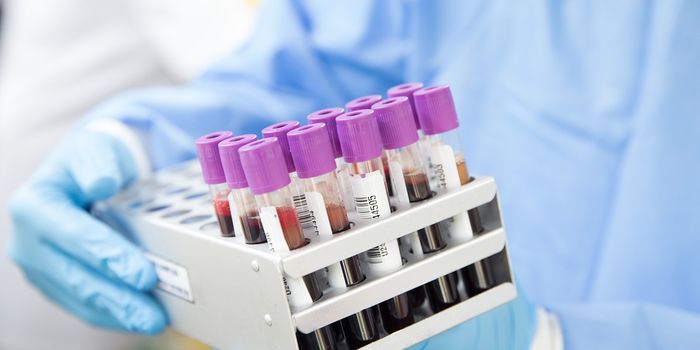No Bleeding Required with New Stylish Glucose Watch
The latest in wearable technology resembles a smart watch, except this device goes miles beyond reporting just heart rate and step count. Instead, the K’Track Glucose is a wearable device that is designed to measure glucose levels by “tasting” the skin’s interstitial fluids.

Traditional at-home glucose monitoring systems (glucometers) typically involve lancets to prick the finger in order to obtain a blood sample. A glucose strip analyzes the blood sample to calculate the glucose level in the blood. Although accurate and widely adopted, no diabetic would argue against eliminating the painful pin pricks from their daily lives.
That’s where the K’Track wins major points. Instead of one sharp lancet, the K’Track uses several tiny microneedles that are less than half a millimeter in diameter. The needles insert past the epidermis into the interstitial fluid layer where it collects samples to be analyzed by the built-in sensor. PKvitality believes that this fluid contains a wealth of biomarkers including blood sugar levels.
It takes less than a minute for the sensors to work its magic on the tiny fluid samples. Then, wearers are informed of their current glucose readings. Graphics of the reading history let wearers easily chart their glucose levels over time, which may reveal patterns that would otherwise be harder to uncover.
To own a K’Track Glucose would set consumers back by $149. However, the device works with proprietary capsules, called K’apsul, that have to be replaced monthly and cost $100 each. At face value, this system seems more affordable than traditional glucometers, which range from $1,000 to $1,400; the maintenance of these systems cost around $500 per year. However, with insurance coverage, the traditional glucometers may actually end up being more cost efficient in the long run.
PKvitality is also adapting the technology to another market – the sports market. In particular, they developed a cousin to the K’Track Glucose called the K’Track Athlete. This device measures lactic acid levels instead of glucose. “Lactic acid is a key performance indicator for the body and a guide to how well muscles react to long-term exertion and recovery,” said PKvitality. “By understanding optimal levels of lactic acid, endurance athletes and their trainers can optimize training schedules, recovery patents, and ultimately performance.”
The technology seems highly promising; however, one concern that’s not often brought up with such a device is the side effects on the wearer. Specifically, if the device is worn around the wrist, presumably the same spot on the wrist will be punctured over time for the glucose readings. Even if the wound is miniscule due to the microneedles, testing several times a day on the same spot could make the skin prone to irritation. Still, compared to the finger pricks of traditional glucometers, perhaps a slight skin irritation may not seem so bad.
Additional source: Digital Trends, Tom's Guide








